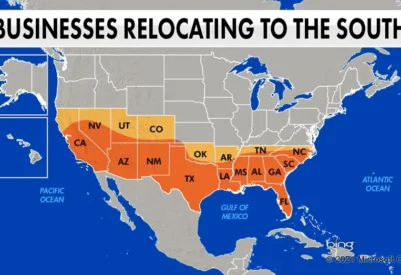
Rochester City School District’s (RCSD) incoming superintendent Barbara Deane-Williams has her own goals and expectations to turn-around the district. However, the School Board’s initial action is to take the lead in all efforts.
In January 2017, the Board requested a comprehensive analysis of enrollment trends, demographics, managed choice, feeder patterns, placement zones, neighborhood schools and regional schools. It has been umbrellaed under the theme: The Path Forward.
“It’s a long range educational and facilities master plan,” stated Lawrence Bo Wright, RCSD’s Deputy Superintendent of Administration. “We’re looking at several pools of data to make sure 5 to 10 years out, physical spaces can accommodate the program needs.”
“But we’re also looking beyond, to use this as an opportunity to fix some systems and structures within our organization that needs to be made better, so they support kids, families and schools.”
Engaging the community around re-imagining the district’s classrooms and schools, and what 21st century learning needs to be going forward, is what the executive leaders believe will provide the answers to how they will promote opportunities for kids, so that they are prepared for college and career, down the line.
To build a better future, the administrators will be studying three key areas including creating strong community schools, linking the community and the classroom, and serving students through coherence.
According to Wright, the difference between their efforts and the previous administration is that, it cannot be superficial.
“In my short time here, I see relationships that need to be repaired,” he said. “We must be true to our work. We’re not coming into this process with any agenda. We genuinely are out there engaging our community as part of the conversation.”
“At the end of the day, our only agenda is to accurately and honestly capture what we hear in the community and align it with the technical data we’ve recovered, to be matched with the thoughts of the community and parents and then bringing that back to the Board,” Wright said.
Using a dashboard-- principals, school chiefs and members of the executive team will be able to review data for an individual student, by cohort, by schools or across schools that allows them to make decisions in real-time. If a student is struggling, they can intervene much faster than previous years. And if they see certain schools, or a cluster of students or schools that are moving at a faster rate, it allows them to recognize that and see what they’re doing and franchise some of those best practices.
“The result will be the basis of a “Findings Report,” that will recommend to the Board 3 Pathways Forward,” Wright says.
“We’re not trying to push anything on the community. We want this process to be organic. It’s not going to come from us, it’s going to come from the community.”
Beyond the Board’s request, the administration’s goals and expectations by the end of this school year are to improve the 4-year graduation rate by 10%, decrease the number of students that are chronically absent by 5% in all sub groups, decrease the number of suspensions by 10%, and increase by 10% the performance of students grades 3-8 on the state’s ELA and math exams and increase the number of students expected to have 6 credits by their freshman year.
Their goals also includes establishing the Racial Equity, Advocacy and Leadership Team (REAL), that’s centered around diversifying its staff to match the diversity seen in the community they serve. And to develop a culturally responsive curriculum in the classroom that prioritizes African Studies and provide professional development for teachers.
The racial equity action plan will be in place by the end of the year, according to Wright.





